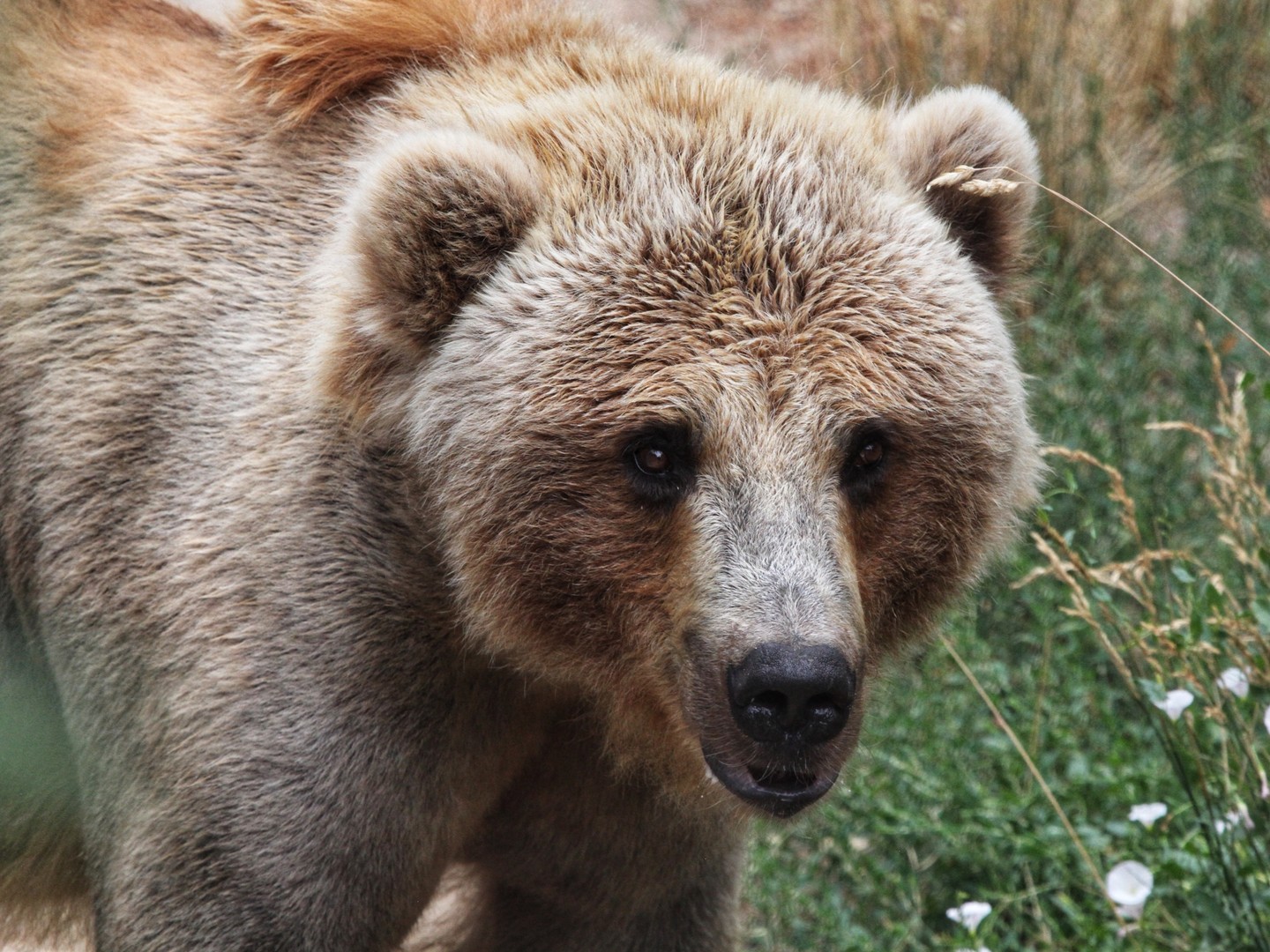- Tundra, the grizzly bear’s spring awakening and its significance for animal behavior and zoo visitors.
- Detailed exploration of the role of zoos in wildlife conservation and education.
- The innovative Grizzly Bear Adopt an Animal program and its impact on community and conservation efforts.
- Importance of partnerships with organizations like Children’s Hospital Colorado in enhancing zoo and animal outreach programs.
- Broader context of how such initiatives contribute to wildlife conservation and public engagement.
Spring ushers in a host of natural phenomena, none more captivating than the awakening of grizzly bears from torpor—a state of reduced physiological activity that parallels hibernation. Tundra, the grizzly bear at Harmony Hill, marks this annual transition with her visible enthusiasm as she re-engages with her environment. This shift is not merely a signal of the changing seasons; it acts as a reminder of the intricate relationships between animals and their habitats and allows visitors to witness animal behavior firsthand within a zoological setting.
The reawakening of Tundra provides a timeless educational opportunity to delve into the biology of grizzly bears. These majestic creatures are among the largest terrestrial carnivores, distinguished not only by their imposing size but also by their fascinating adaptive behaviors. During the winter months, grizzly bears enter a period of torpor, which is a survival strategy to cope with the scarcity of food. This state involves reduced heart rates, slower metabolism, and limited physical activity. In spring, as food becomes more abundant, bears like Tundra gradually resume their normal activity levels, regaining strength and energy. This natural cycle not only emphasizes the adaptive strategies of wildlife but also allows zoo visitors to understand the connections between animal behavior and environmental factors.
Zoos play a critical role in wildlife conservation and education. By providing habitats that mimic natural conditions, zoos support the survival and well-being of various species, many of which face threats in the wild due to habitat loss and human encroachment. For bears like Tundra, living within a carefully managed zoo setting offers a stable environment, crucial for the health and well-being of species that might otherwise be in danger. Moreover, zoos act as invaluable resources for raising public awareness about the importance of biodiversity and conservation, offering educational programs and interactive experiences that engage visitors.
Education and conservation efforts at zoos are complemented by innovative programs designed to involve the community and foster a sense of shared responsibility for animal welfare. The Grizzly Bear Adopt an Animal program at Harmony Hill is a shining example of this mission in action. This program enables individuals to sponsor an animal, with part of the proceeds directly supporting zoo operations and animal care. The program also extends its reach beyond the zoo. For every four Grizzly Bear Adoption Kits sold, one kit is donated to a patient at Children’s Hospital Colorado. This creative initiative not only supports the care of animals like Tundra but also extends comfort to children facing serious health challenges, demonstrating the multifaceted value of such programs.
Partnerships between zoos and organizations like Children’s Hospital Colorado are rooted in the common goal of making a positive impact on both animal and human communities. By linking conservation programs with hospital outreach, the initiative fosters emotional healing, brightening the days of children in hospital care with meaningful connections to the natural world. This collaboration reflects a broader trend within zoos towards integrating animal welfare, conservation, and public engagement into cohesive efforts that benefit multiple stakeholders.
The synergistic effect of the Grizzly Bear Adopt an Animal program is representative of how such initiatives contribute to larger conservation and educational goals. These programs do more than support individual animals; they instigate broader awareness and stimulate public involvement in wildlife conservation. By combining education, direct animal care, and community support, zoos offer a model for how conservation goals can align with social impact.
The collective efforts of zoos, in conjunction with community partnerships, are fundamental to sustaining wildlife and enriching human lives. As Tundra continues to explore her habitat at Harmony Hill, she serves as a living symbol of the intricate bond between humans and nature—a bond strengthened by those committed to fostering understanding and stewardship of our planet’s biodiversity. Through education and collaboration, we can all play a part in ensuring that remarkable species like grizzly bears thrive for generations to come.
*****
Source Description
Spring is in the air, and that means Tundra, our grizzly bear, is beginning to reawaken from torpor! After a long winter of resting, she’s starting to explore her habitat at Harmony Hill once again—so be sure to stop by and say hello next time you visit!
But that’s not all—we’re also celebrating with a special opportunity to make a difference. 🧸
We’re proud to partner with @childrenscolo to help bring a little extra comfort to patients with our Grizzly Bear Adopt an Animal program. For every four Grizzly Bear Adoption Kits sold, we’ll donate one to a child at Children’s Hospital Colorado. With your adoption, you’re helping us provide cutting-edge care for Miss Tundra and the rest of our 2,500+ animals, while helping brighten a child’s day. Adopt one, donate one today: https://shop.denverzoo.org/bear-adoption-kit-bundle


